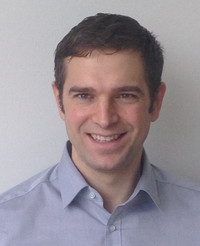Reconstructing and Understanding 3D Indoor Environments (Talk)
- Matthias Niessner (Professor)
- Technical University of Munich
In the recent years, commodity 3D sensors have become easily and widely available. These advances in sensing technology have spawned significant interest in using captured 3D data for mapping and semantic understanding of 3D environments. In this talk, I will give an overview of our latest research in the context of 3D reconstruction of indoor environments. I will further talk about the use of 3D data in the context of modern machine learning techniques. Specifically, I will highlight the importance of training data, and how can we efficiently obtain labeled and self-supervised ground truth training datasets from captured 3D content. Finally, I will show a selection of state-of-the-art deep learning approaches, including discriminative semantic labeling of 3D scenes and generative reconstruction techniques.
Biography: Prof. Niessner studied computer science at the University of Erlangen-Nuremberg, receiving his Diploma degree in 2010. He then started pursuing his PhD degree under the supervision of Prof. Günther Greiner at the chair of Computer Graphics, also at the university of Erlangen-Nuremberg. He successfully graduated in 2013, after submitting his thesis about “Subdivision Surface Rendering using Hardware Tessellation” which was awarded with highest distinctions. Subsequently, Prof. Nießner became a visiting assistant professor at Stanford University (from 2013 to 2017) in collaboration with the Max-Planck Center for Visual Computing. Since 2017, Matthias Nießner is a professor at TUM where he is leading the Visual Computing lab.


